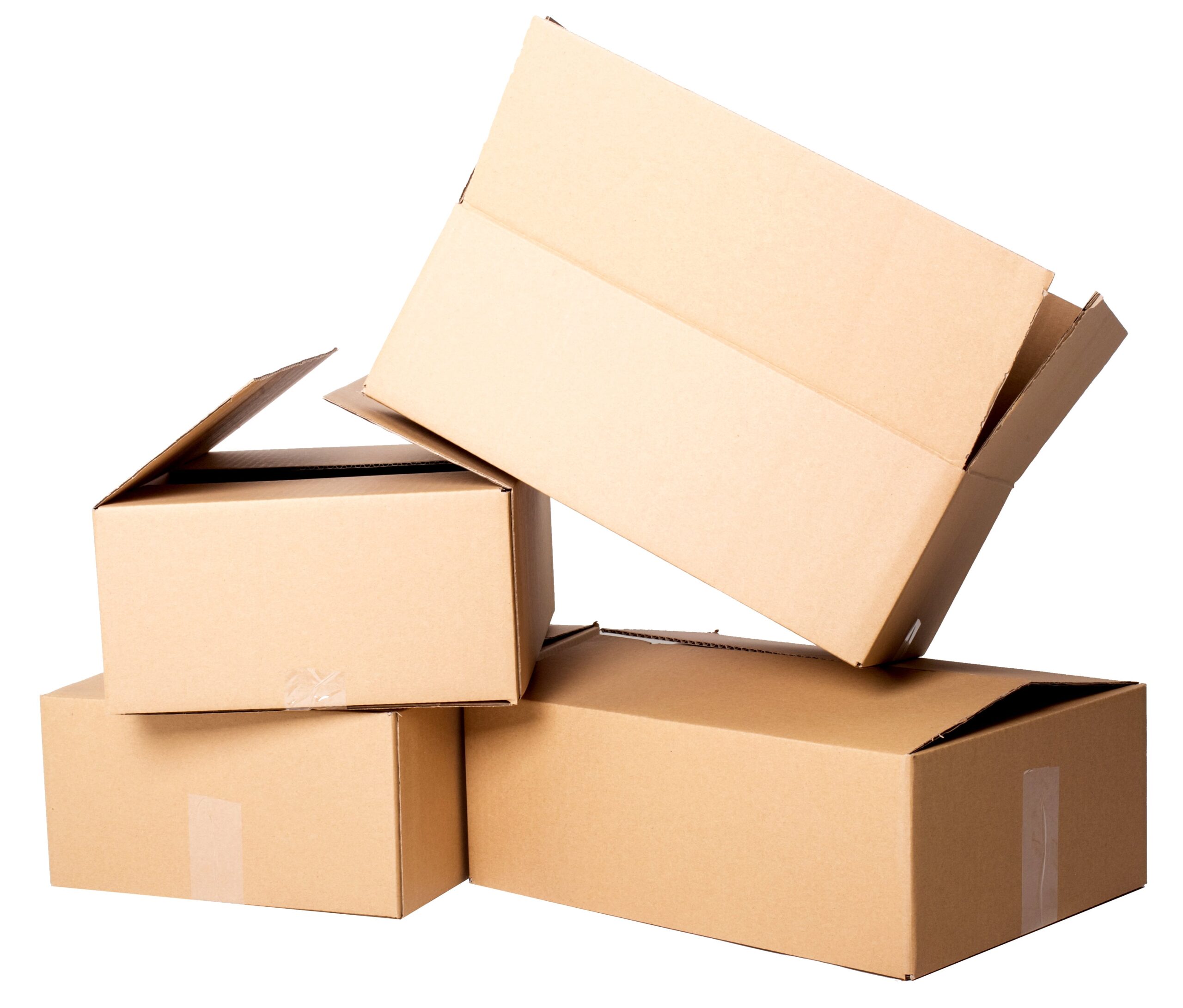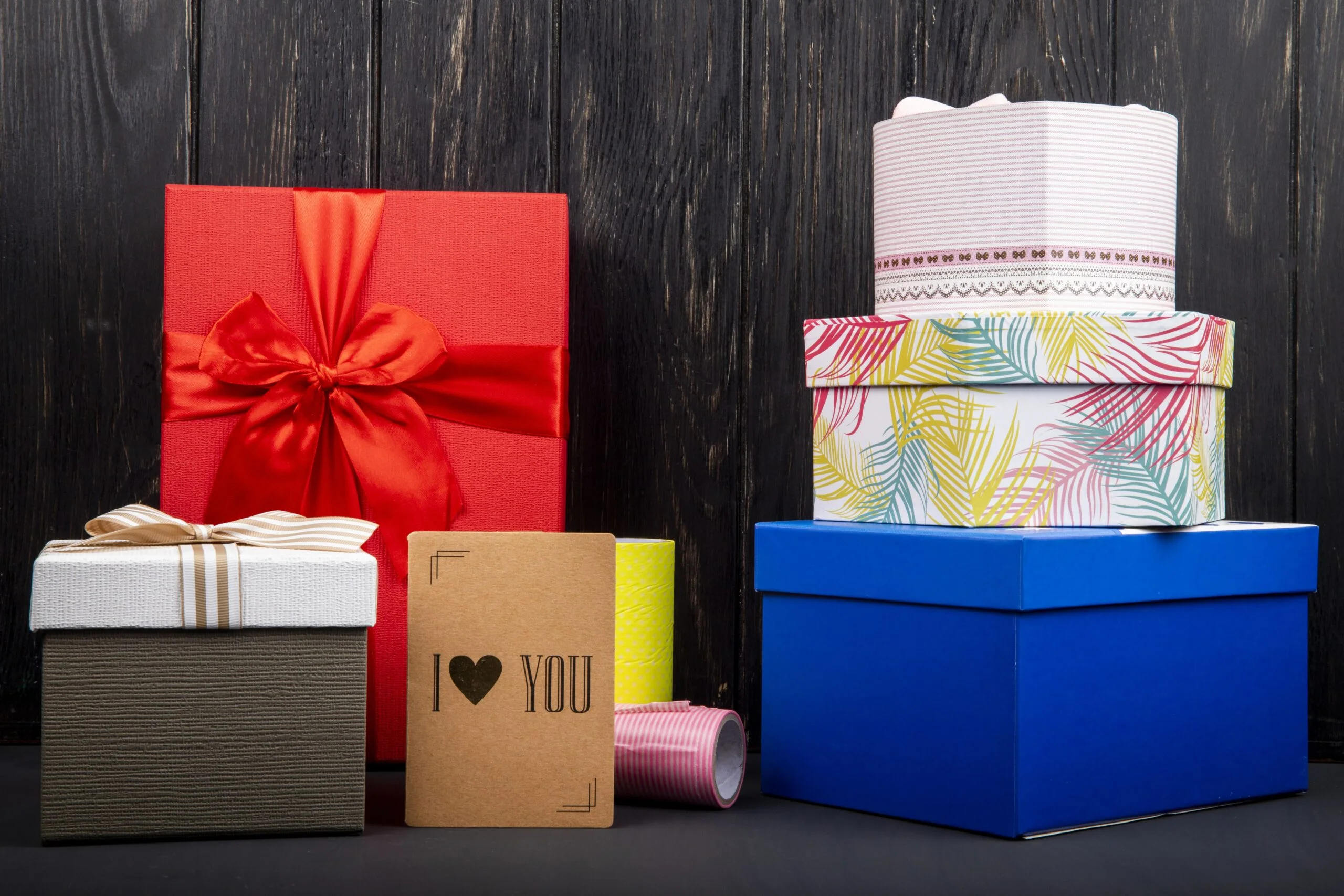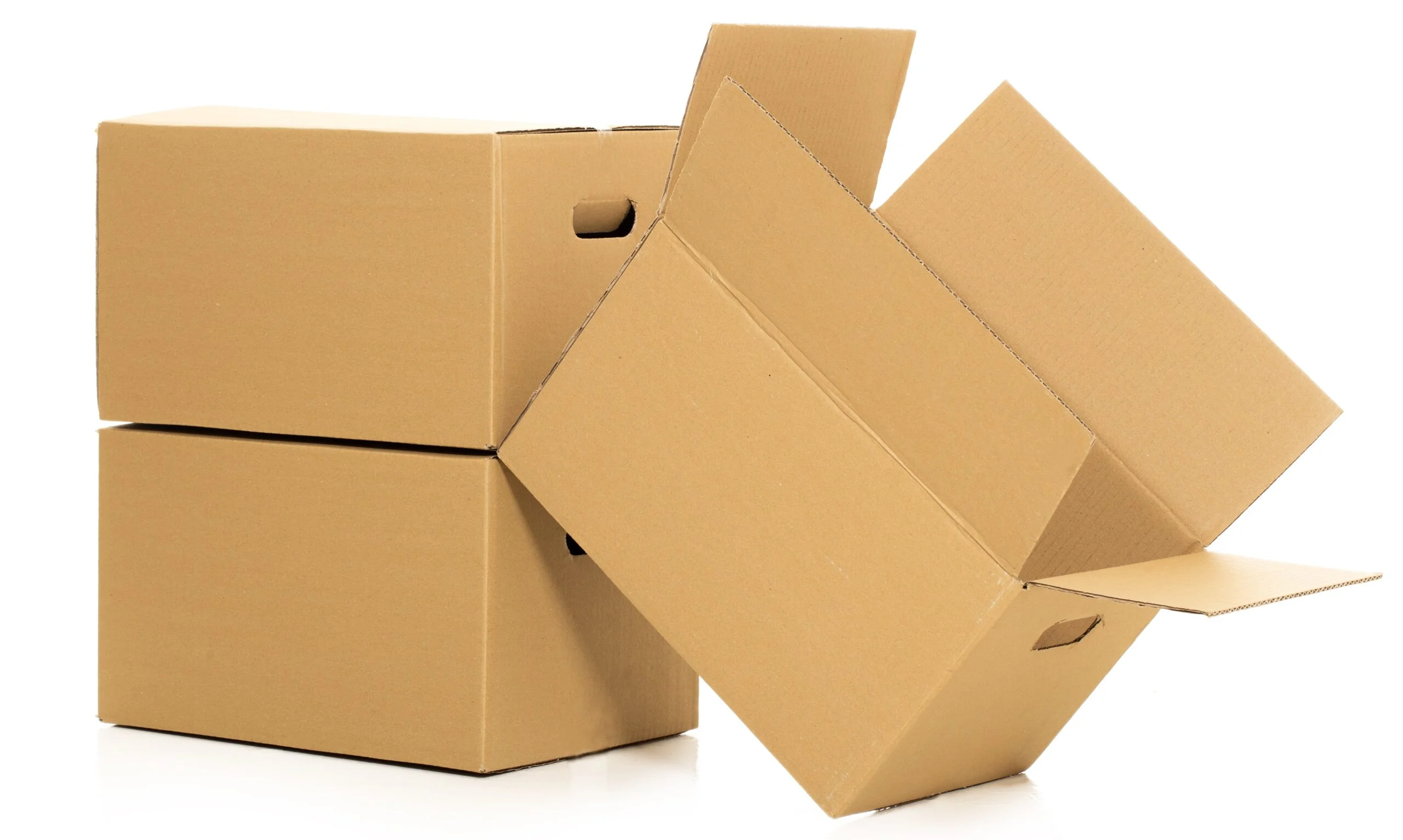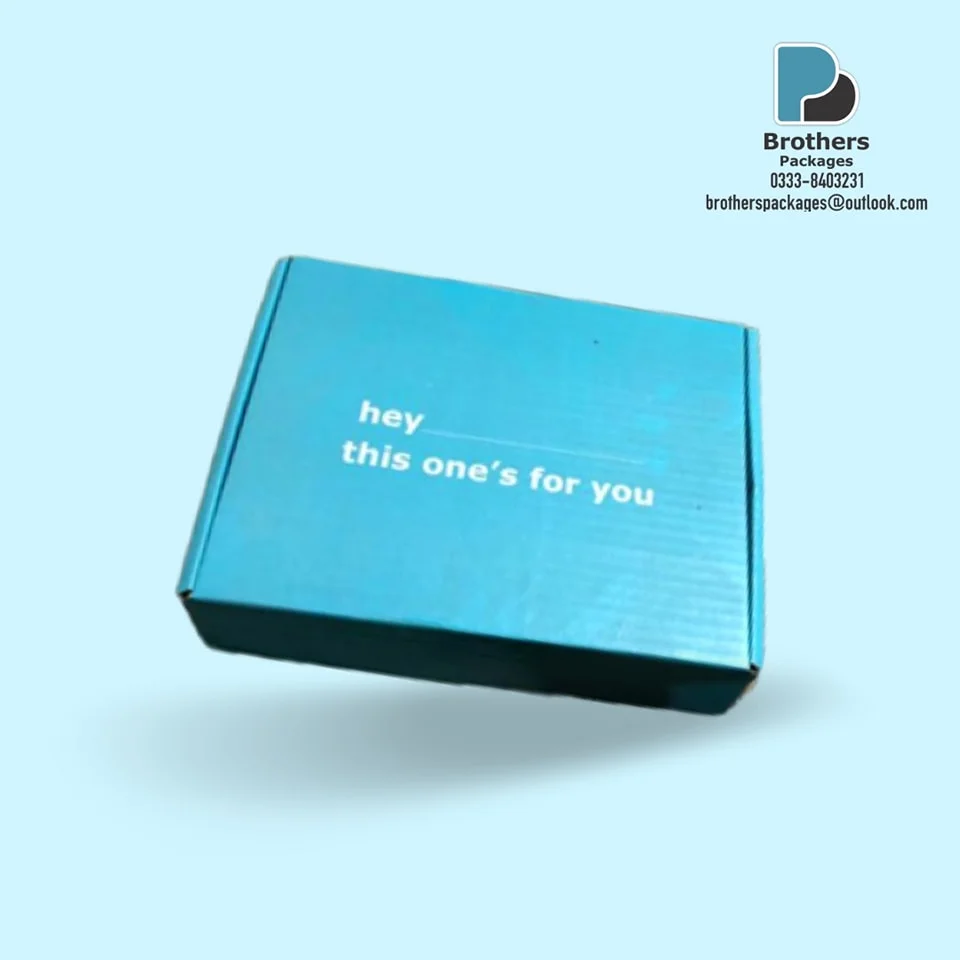
Heavy-Duty Cardboard Packaging And Its Benefits
Heavy-Duty Cardboard Packaging Determining which packing boxes to utilize during a transfer can be time-consuming, particularly if you need experience with the procedure. It can

Regarding product safety and presentation, the packaging is equally important to the product itself. Frame and resin packaging boxes serve the dual purpose of safeguarding valuable items while in transit and augmenting the customer’s unboxing experience. However ; It is crucial to comprehend the optimal methods for frame and resin box packaging, whether you are a craft devotee aiming to present your creations visually appealingly or a business proprietor seeking to ensure the secure shipment of your products. The fundamental factors and tactics that constitute efficacious frame and resin packaging are presented herein.
Typically a framing packaging is applied to photographs, artworks, and mirrors. It aims to safeguard these objects against impact, pressure, and scratches. Appropriate frame packaging integrates aesthetic appeal with structural integrity.
Packaging made of resin is renowned for its resilience and adaptability. Resin boxes are frequently used to store electronics, jewellery, and other fragile items, can be moulded to suit a variety of sizes and shapes and provide both protection and an upscale appearance.
In determining the optimal materials for your resin case or frame must consider the item’s value, fragility, and weight. For frame packaging, cardboard, foam inserts, and bubble wrap are prevalent, whereas rigid plastics and padded interiors are typical for resin cases.
Ensure that the product is securely contained within the packaging. Being too firm could result in pressure damage while being too loose could cause the item to move and sustain damage.
Your brand is reflected in your packaging so engage your audience with design elements that complement your logo and brand colours. Effectively designed packaging can enhance the customer’s opinion of your product.
Consider transparent materials or windows that exhibit the product inside when designing resin packaging. This can be especially effective for collectibles or jewellery where appearance is a significant selling factor.
Choose biodegradable or recyclable materials. Sustainability is not only more environmentally friendly, but it is also becoming an increasingly significant factor for consumers.
Develop a packaging design that facilitates consumer reuse. Repurposing durable resin crates into storage space, for instance, increases their value beyond the initial investment.
The mass and weight of your packaging materials should be considered. Despite the importance of protection, excessively heavy or oversized packaging can increase transportation costs and carbon emissions.
Make sure that the delivery is securely sealed to avert any potential intrusion while in transit. Using tamper-evident seals can provide your clientele and yourself with added assurance and security.
Safety regulations and standards regarding your product and packaging must be confirm. This is particularly crucial for items that could be hazardous if not appropriately packaged.
It is imperative to verify that the labelling of your packaging accurately reflects any required precautions, material particulars, or handling guidelines. Labelling precision is vital for ensuring safety and compliance.
Achieving efficient frame and resin packaging necessitates the harmonisation of sustainability, aesthetics, protection, and functionality. You can create packaging that protects your products and satisfies your consumers by exercising discernment in material selection, fit customisation, design enhancement, and environmental and regulatory considerations.
Optimal packaging signifies the care and attention to detail you invest in your product, establishing it as a fundamental component of the customer’s journey.

Heavy-Duty Cardboard Packaging Determining which packing boxes to utilize during a transfer can be time-consuming, particularly if you need experience with the procedure. It can

Unlock the Benefits of Custom Printed Boxes Custom printed boxes are an excellent way to make your product stand out from the competition and create

Corrugated Shipping Boxes Are Transforming The Packaging Industry. Material selection is critical to guaranteeing product safety and presentation in today’s fast-paced packaging industry. Despite the

Four Essential Guidelines for Enhancing the Unboxing Experience from Brothers Packages Critical to determining consumer satisfaction in the era of e-commerce is the unboxing experience.

A Study Of The Most Recent Developments In Optimizing Product Packaging Since its inception, packaging has undergone significant development, progressing from basic containers to a
WhatsApp us